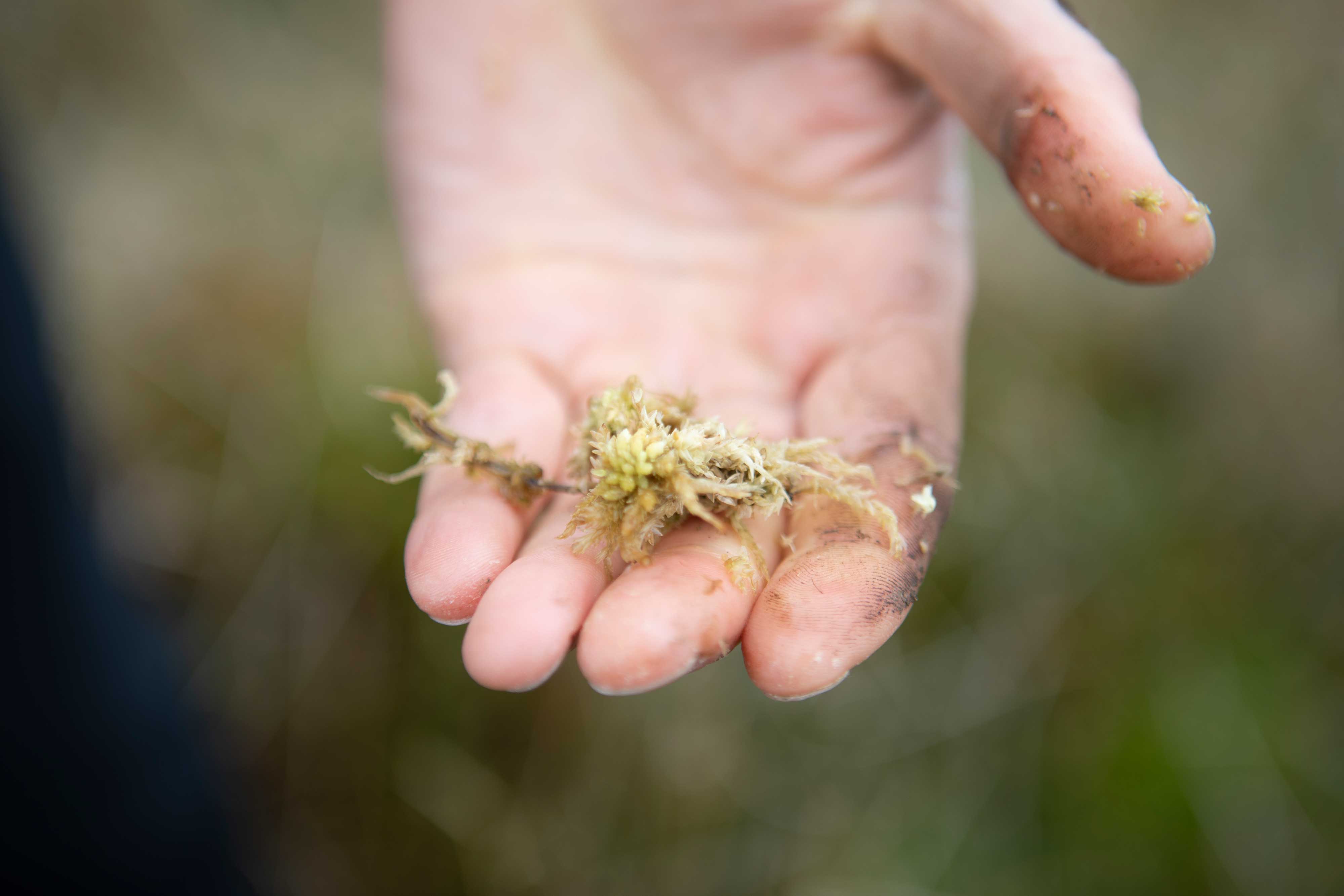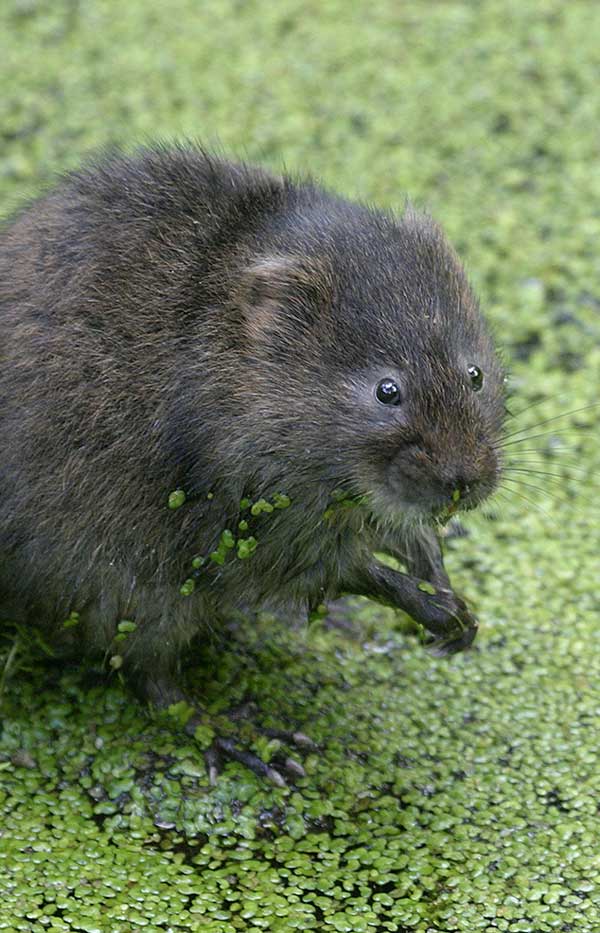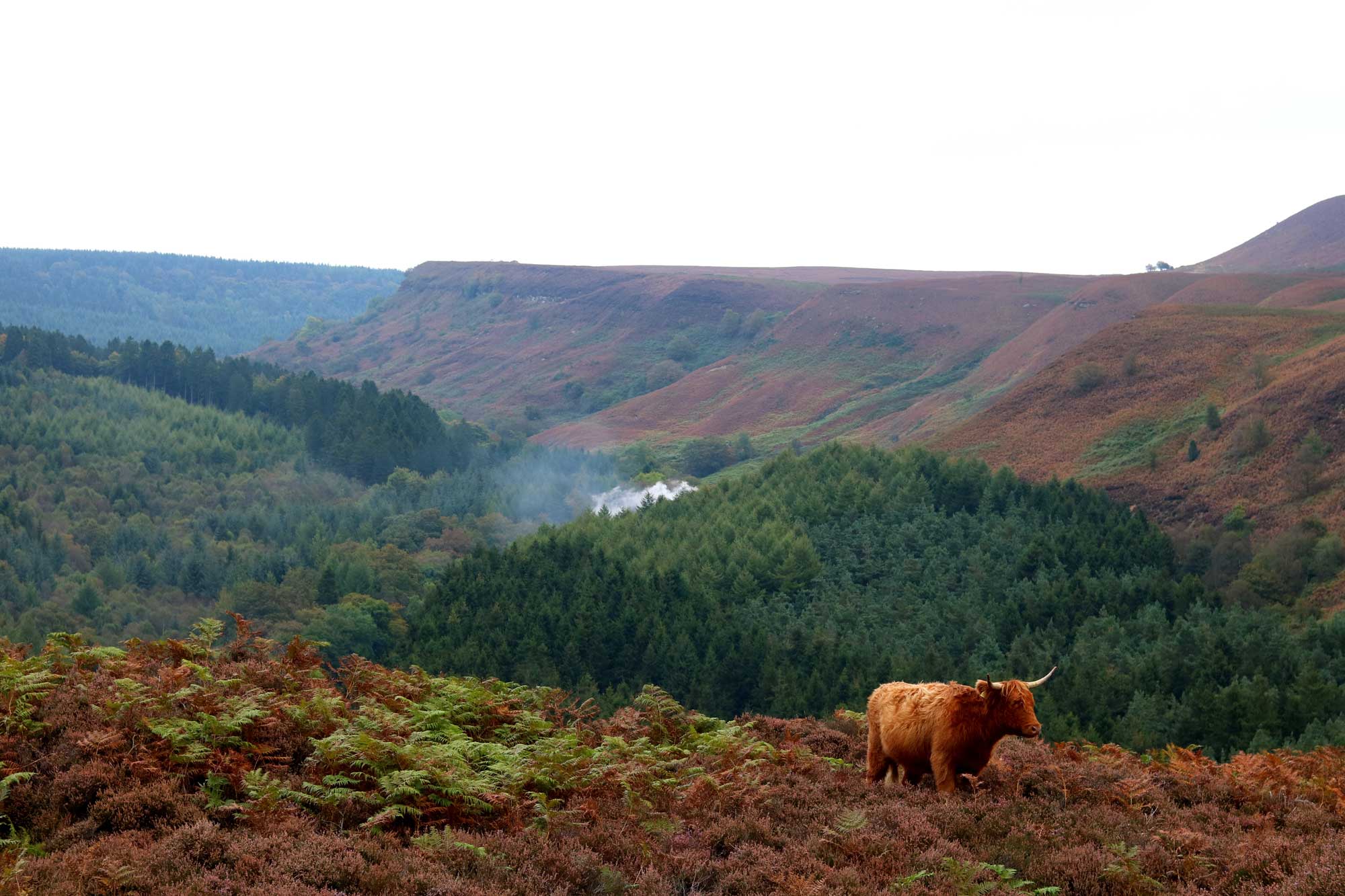The National Park Authority owns less than 3% of the National Park, which is principally the Levisham Estate (1,400 hectares) north of Pickering. This Estate was acquired between 1975 and 1988 principally to save the moorland from being ploughed.
It contains a diverse range of habitats and is valuable in both conservation and recreation terms. While the estate is predominately moorland, approximately 200 hectares is woodland and grassland.
Our work on Levisham Estate
Peat
In 2018, part of our Levisham holding was surveyed for peat deposits in preparation for new Countryside Stewardship agreements on part of the land. These found that whilst peat isn’t widespread across our Estate, there are significant deposits in certain areas.
As part of the Moor to Restore project discovery phase, we further investigated these peat deposits to look at how we can carry out work to rewet the peat where water levels were low and manage the habitats better. In addition we, alongside our volunteers, found a few additional areas of significant peat in a completely different area of the moorland, which is aiding our understanding and opening possibilities for further habitat improvements on the site.

Survey work
 A number of species have been specifically surveyed on Levisham in the last few years, including dwarf cornel and water vole.
A number of species have been specifically surveyed on Levisham in the last few years, including dwarf cornel and water vole.
Dwarf cornel are a remnant species of alpine habitats, with the population in the National Park one of the most southerly in Britain. Whilst these delightful flowers may be lost to the North York Moors in coming decades due to the impact of climate change, for now they are clinging on in some areas on north facing slopes and cool, exposed hill sides. Monitoring has shown a marked decline over the last 20 years on our land, particularly in range, however some colonies appear to still be flourishing and management options are being considered to enable ideal conditions for the plants to be retained.
In contrast, water voles were once an abundant species throughout the National Park and across England, but their range has fallen sharply over the last 50 years due to a combination of factors including habitat loss and predation from the invasive non-native mink. Monitoring on Levisham has indicated that whilst outlying populations on the main watercourse seems to have been lost, this once isolated catchment is now one of our most reliable sites for water voles in the North York Moors. Whilst this reflects to some degree the continued decline of this aquatic rodent, the retention of water voles on land at Levisham demonstrates that the land management is appropriate for enabling this small community of voles to thrive against the odds.
Flood control
The Authority has carried out a number of flood control measures at Levisham Estate to reduce and delay the movement of rainfall downstream.
Tree planting - to protect sensitive soils from disturbance and reduce rapid runoff due to high infiltration rates
- 8,500 trees have been planted since March 2011, mainly local oaks
- Nearly half of these have been planted by the Authority's volunteers
- A Forestry Commission grant was received for the majority of the planting, via the English Woodland Grant Scheme
Wooden dams created - to increase flood storage by raising water levels and reconnecting streams with their floodplain
- 18 timber dams were created by the National Park Authority's Modern Apprentices
Moorland gully blocking - to improve water retention and delay the generation of flood flows
- £7,000 spent on blocking natural moorland gullies with heather bales on various parts of the Estate's moorland
Revegetation work – to provide soil cover and stability and reduce surface runoff
- Heather brash has been spread in the Hole of Horcum to aid re-vegetation after bracken control
Footpath work – to reduce rapid surface runoff
- Eroding path in the Hole of Horcum is currently being repaired with improved drainage that will slow down run off
Heather burning buffers – no burn zones retains vegetation and reduces the speed of surface runoff
- Current Environmental Stewardship Scheme negotiation includes 10m no-burn buffers against watercourses
Further river catchment work
- The same principles were used by the jointly funded Authority and Environment Agency Modern Apprenticeship Scheme which worked on the River Leven to help reduce flood risk in Great Ayton which recently won an Environment Agency award.

